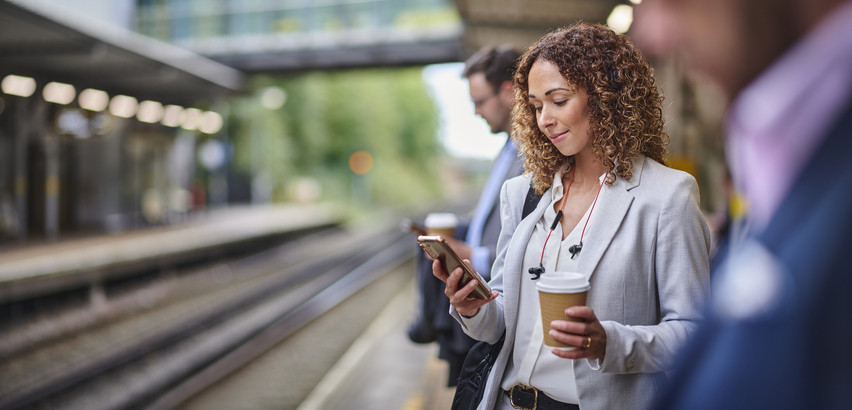OP-ED: By John Mazenier, New Zealand’s Country Manager for TechnologyOne.
Most of us have heard the phrase “build it and they will come”. For businesses that create products and services for a specific target audience, this notion may well ring true. But when it comes to government services that are used by a diverse demographic spread across the country, can it still be that simple?
Those most in need are missing out on government services
Significant investment into the digitalisation of core government systems has revolutionised how governments interact with their citizens, providing more accessible and convenient services. The adoption of Software-as-a-Service (SaaS) has played a vital role in providing flexible government services and enhancing operational resilience. Yet, despite 95% of the country’s population having the ability to connect to digital government services, a new study has uncovered a vital group that is missing out.

Citizens who are struggling financially are the least likely to engage with online government services – whether local or central. Six in ten (62%) people who are juggling unpaid bills or struggling with debts that will take time to pay off are not actively using any local government services, compared to just four in ten (38%) financially ‘comfortable’ citizens. Hundreds of thousands of citizens who can access vital support are not doing so.
Bridging the digital disadvantage
Across the country, a significant amount of work has been done to help close the digital divide, but the root of the problem goes beyond connectivity. There is now a clear distinction between being able to access digital services (the digital divide) versus successfully engaging the services offered – we call this ‘digital disadvantage’. What’s causing people to disengage from government services are the complications and complexities they face when trying to use them.
Technology is on target… but did we miss the people?
Many councils already have the fundamental components in place for efficient and automated service delivery and our study shows citizens expressing high levels of satisfaction amongst citizens in the mid to upper socioeconomic strata. Investments in digital services and citizen service journey mapping have also been largely successful amongst the same groups.

However, our study also revealed three themes giving rise to disengagement amongst those from a lower socioeconomic background, all of which focus on human issues, not technology.
- Clarity and simplicity – services are more than an interface. Citizens want clear instructions, easy-to-understand language, simple navigation, guidance about the processes they are undertaking and a consistent user experience.
- Accessibility – enhance mobile modalities. A mobile-first design approach would enable citizens in rural and low-income areas without computers access to digital government services, while enhanced multilingual support, public access points and digital literacy programs would significantly assist users.
- Human support – free-up staff to handle exceptional cases, with exceptional care. There is a need for human support, particularly for emergencies, complex issues, or when people are unable to understand or navigate online services. Citizens want more personalised citizen-facing support that connects seamlessly with digital services when needed.
The good news is that addressing these challenges could dramatically improve uptake, engagement, and the equity of service delivery – and it doesn’t require big budget innovations.

Empathy is the essential ingredient
The emphasis of digital transformation to date has often prioritised organisational outcomes over user experience and ubiquitous accessibility. To start being universally effective, digital services must be efficient and empathetic.
Designing and extending digital services with empathy requires putting oneself in the shoes of citizens from all walks of life with a particular focus on engaging the most disadvantaged groups within society. This approach helps identify ways to enrich services for clarity of direction, simplicity of language, multifactor accessibility, and logical and seamless intervention points for human support. It also focuses less on technological innovation and more on wrapping existing capabilities with experiential assets that educate and guide citizens through various digital services.
Many councils and government agencies have worked hard to get the foundations for efficient service delivery in place. Shifting that focus to design, education, and clarity of service delivery is vital to ensure no one misses out on the support they are entitled to at a time when they need it the most.
Global ERP software company, TechnologyOne, commissioned the report, ‘New Zealand Digital Citizens Continuing the Journey with Empathy’, from independent economics consultants, IBRS. It is the largest evaluation of citizens’ thoughts on government services with responses from more than 2,800 participants across New Zealand.



